Myths Debunked: An Upright Riding Position ISN’T Always More Comfortable
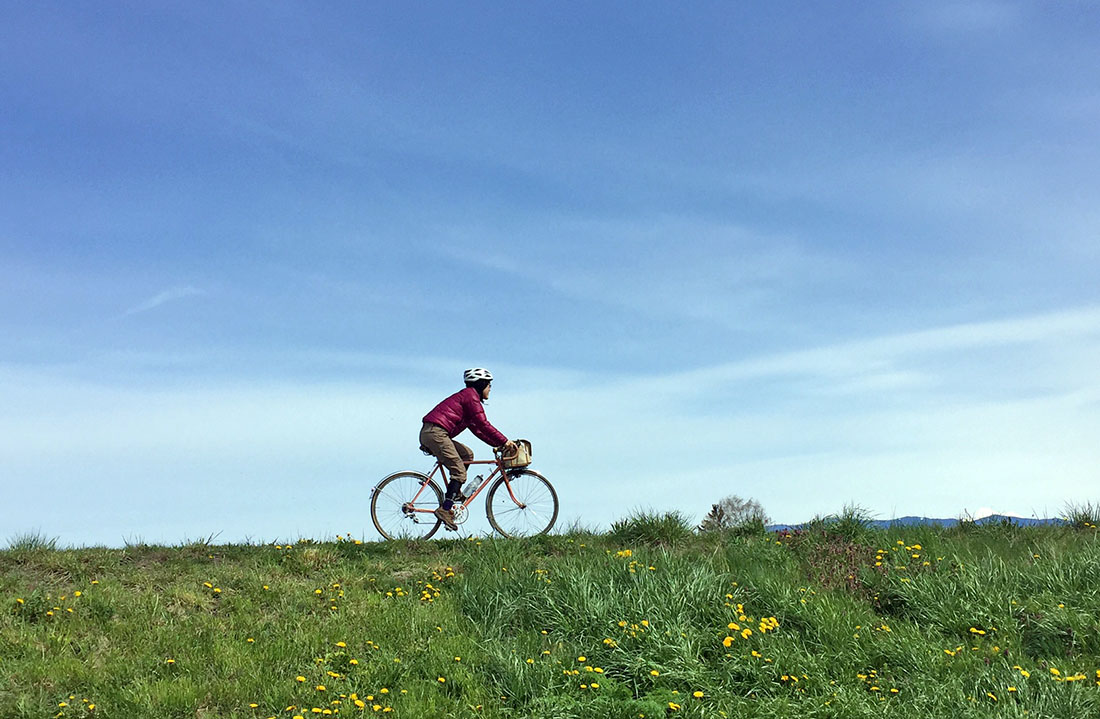
“Raise your handlebars, and you’ll be more comfortable.” It’s one of those almost self-evident ‘truths’ of cycling. And yet the reality is not that simple…
To celebrate 15 years of Bicycle Quarterly, we are examining myths in cycling – things that we (and most others) used to believe, but which we have found to be not true. This post is about optimizing your riding position for comfort and speed.
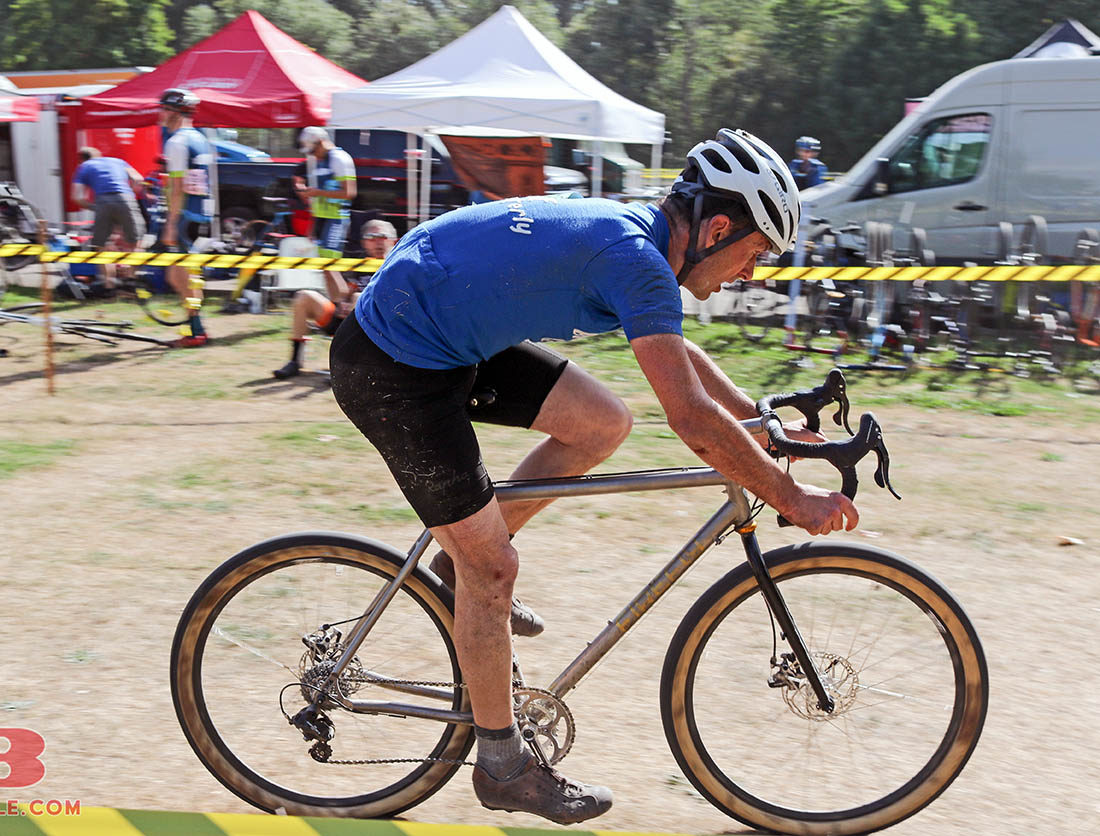
The photo above shows me riding in a much lower position than Natsuko in the top photo, and yet we are equally comfortable on our bikes. The difference is in our effort levels: Natsuko is cyclotouring at a leisurely pace, while I am racing cyclocross.
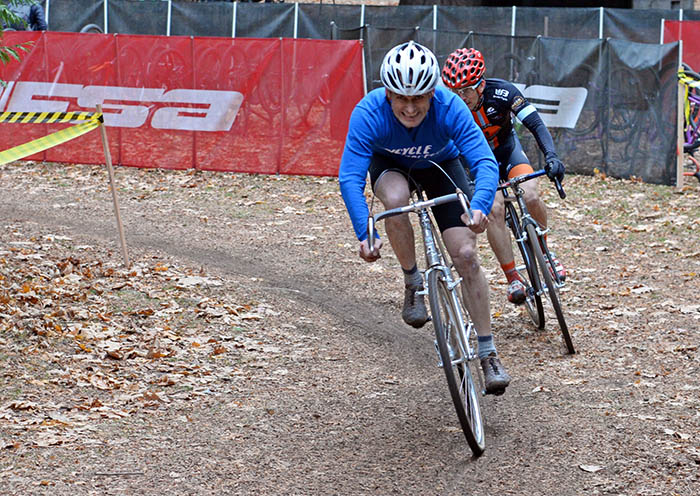
What is important is that our positions match our power outputs. A cyclist’s upper body acts as a counterweight to the forces of pedaling. The harder we pedal, the more inclined our upper bodies should be.
That is why racing bikes have low handlebars and stretched-out positions, while, on cyclotouring bikes, the bars are higher, and the riders sit more upright. The extreme are some European city bikes where the riders sit bolt-upright. On those bikes, the riders’ power output is limited: You rarely see them in hilly towns…
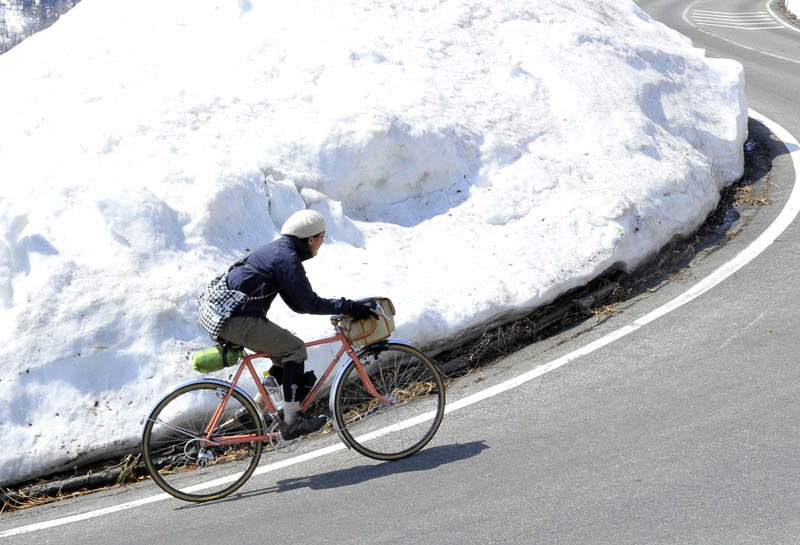
Every rider’s position changes depending on the power they put into the pedals. Above is Natsuko in a steep hairpin on Tsuchiyu Pass in Japan. Her arms are bent to lower her back as she increases her power output on the steep incline. Her low position on the bike has nothing to do with aerodynamics – it’s all about power.
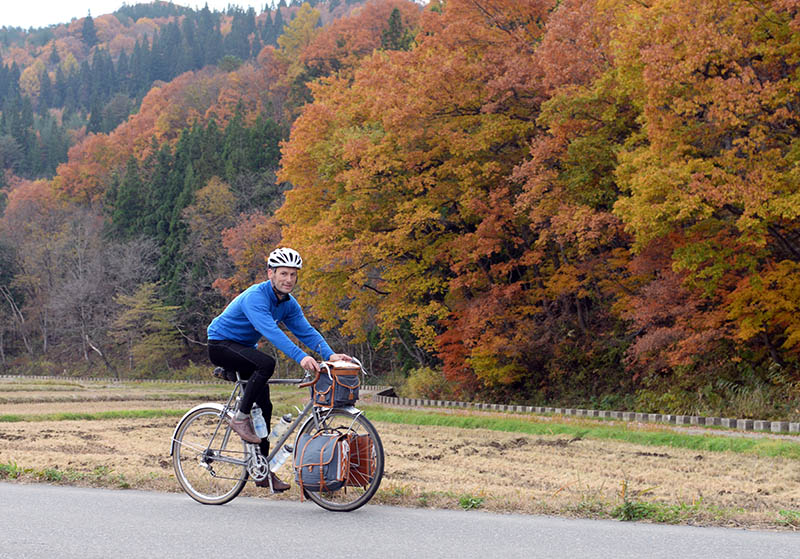
My Mule is intended for cyclotouring, so it has a more upright position than my Firefly, which is designed as a racing bike.
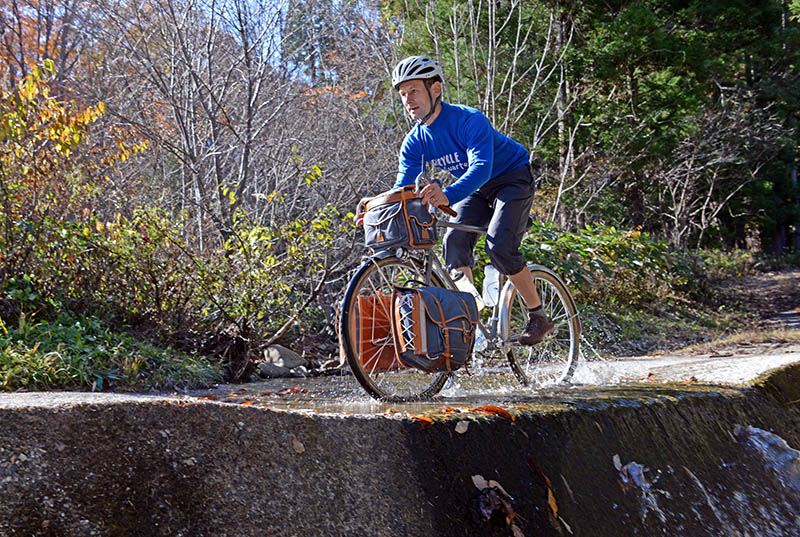
This doesn’t mean that the Mule cannot go fast: With drop handlebars, it’s easy to adjust riding position to match power output. Getting in the drops (above) lowers my back for more power, and I can bend my arms even more if I want to go faster yet. Conveniently, this also makes me more aerodynamic, which helps when speed is my objective or when I battle a headwind.
The problem is not that a low position is uncomfortable, but that I cannot maintain the required power output for very long. What is important for comfort is that my ‘middle’ position, usually the one on the ramps of my bars, is comfortable for my average power output. That way, I can get into the drops when I need more power, or ride on the tops when going slowly.
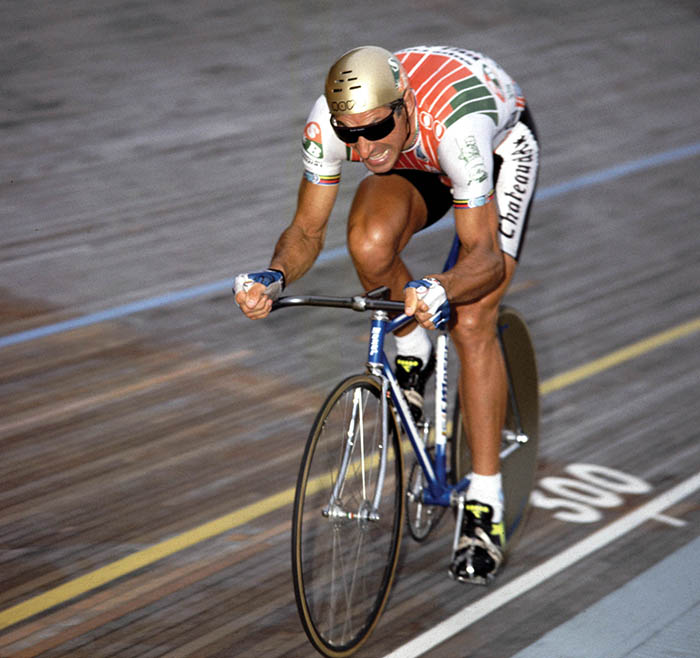
If you always ride with the same power output, you can use simple handlebars like the ‘bullhorns’ that used to be popular on time trial bikes (above, Francesco Moser in 1984). In a flat time trial, your power output is the same for the entire ride, so you won’t need to change position.
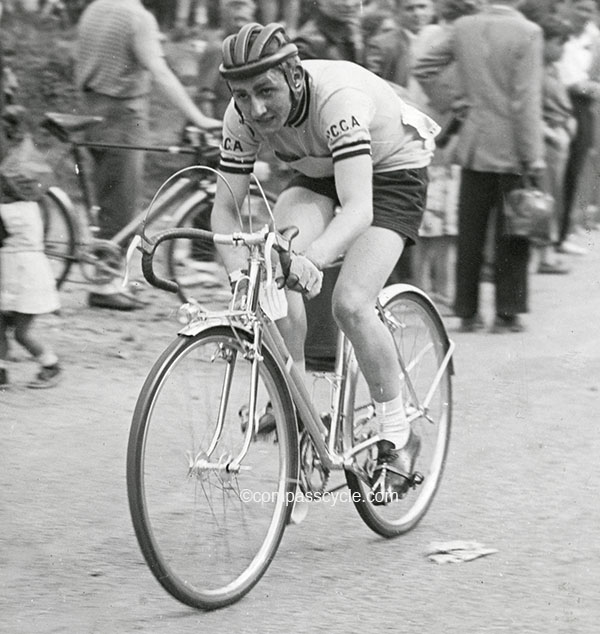
If you ride long distances, your power output will vary quite a bit. That is why you’ll want bars that offer several distinct positions. Serge Félix (above) is climbing at maximum speed (in the drops) during the 1955 Poly de Chanteloup hillclimb race. His bike is equally at home during a 50+ hour ride in Paris-Brest-Paris. The ‘Randonneur’ handlebars of his Rene Herse have a long reach and a relatively deep drop, which give him multiple distinct positions on the bike – and the added benefit of sweeping curves that fit his hands much better than the abrupt transitions found in most ‘modern’ handlebars.
At Rene Herse, we enjoy riding long distances with variable power outputs – working harder into a headwind and going slower when we don’t feel like pedaling hard – and so we’ve reintroduced classic handlebar shapes. With more positions available, you can always find the one that matches your power output. And that is what makes your bike comfortable and efficient.
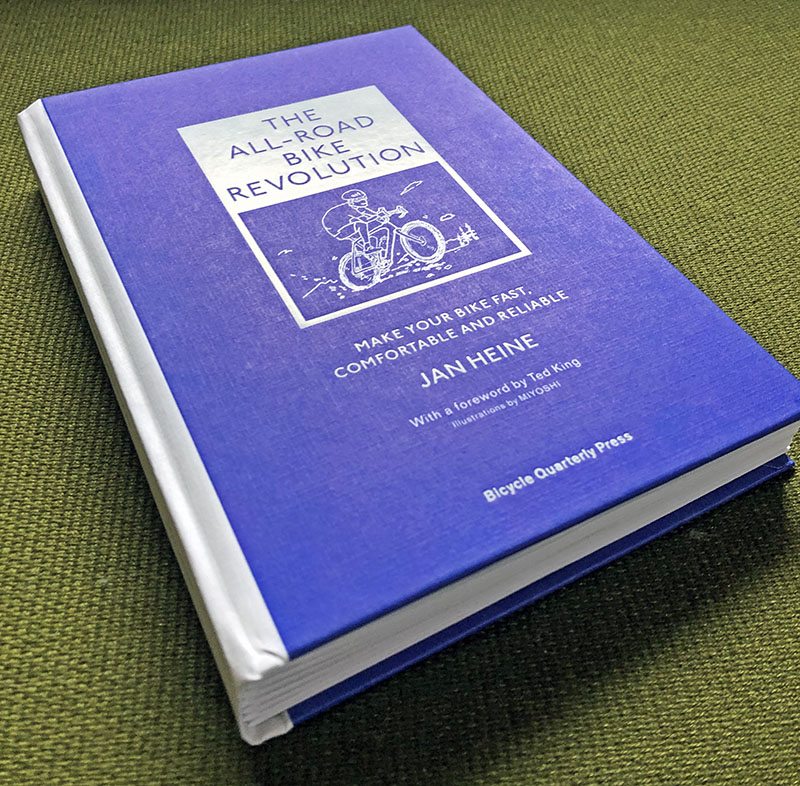
- Update 11/17/2020: We’ve just published our new book ‘The All-Road Bike Revolution’ with all the research that has changed cycling in recent years. Find out why wide tires can be fast, how to find a frame that optimizes your power output, and how to get a bike that handles like an extension of your body. More information is here.
Photo credit: Westside Bicycle (Photo 2); John Pierce/Photosport International (Photo 7, reprinted with permission from The Competition Bicycle).


